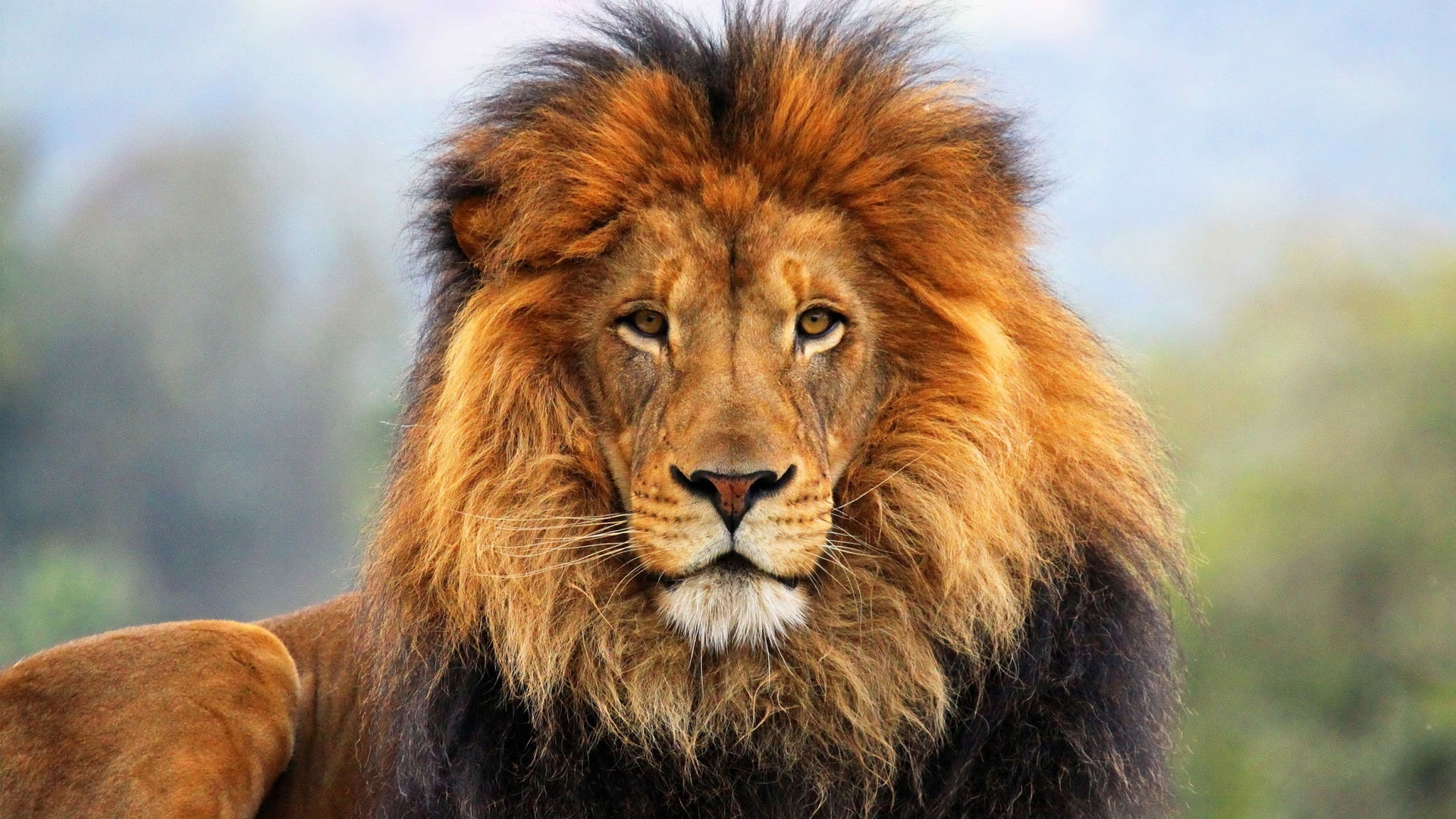Have you ever pondered the complexities of wildlife health, particularly in one of nature’s most majestic creatures—the lion? These regal animals, often dubbed the “king of the jungle,” face myriad health challenges in their native habitats across Africa. As breathtaking as they are powerful, African lions are not immune to the perils of disease, which can pose severe threats to their populations. Let’s delve into the intricate world of lion health and explore the various diseases that can be fatal, while considering the collective responsibility we share in protecting these iconic animals.
Understanding lion health begins with recognizing their intricate ecosystem. African lions primarily inhabit savannas, grasslands, and open woodlands. In these environments, they are not only apex predators but also vital components of the ecological balance. Their health is closely intertwined with that of their prey and the broader ecosystem. Yet, as human encroachment increases and the landscape changes, lions face unprecedented health challenges that are exacerbated by disease.
Among the various maladies that jeopardize lion populations, one cannot overlook the impact of infectious diseases. Feline Immunodeficiency Virus (FIV) is one of the most concerning conditions affecting lions. Similar to HIV in humans, FIV compromises the immune system, making animals more vulnerable to additional infections and diseases. Lions often contract this virus through bites during social interactions or fights. The unfortunate reality is that once infected, a lion’s quality of life diminishes significantly, increasing its susceptibility to other life-threatening infections.
Another notable threat comes in the form of canine distemper virus (CDV). Originally a disease affecting domestic dogs, CDV has crossed species barriers and now poses a significant risk to lions. This highly contagious virus can devastate entire prides and has been responsible for catastrophic mortality rates in some lion populations. Symptoms can vary widely, ranging from high fever and nasal discharge to neurological signs, highlighting the urgency of vaccination programs and health monitoring in regions where lions and domestic dogs coexist.
Moreover, the presence of tuberculosis (TB) in lion populations cannot be ignored. Bovine tuberculosis, particularly, has been transmitted from domestic livestock to wild lions, resulting in grave health implications. The disease manifests slowly, often remaining undetected until it reaches advanced stages, where weight loss and respiratory distress become apparent. Such stealthy progression makes it even more difficult to manage TB outbreaks, posing serious challenges to conservation efforts.
In addition to infectious diseases, environmental factors play an equally pivotal role in lion health. Habitat degradation, primarily caused by agriculture and urban development, leads to increased stress among lions. As their environments become fragmented, lions may face restricted access to food and water, leading to malnutrition. Malnourished lions are more susceptible to disease, creating a vicious cycle that threatens their survival. Addressing these environmental issues is not merely an act of compassion; it is crucial for the preservation of the species.
While discussing diseases, one must also acknowledge the impact of parasites on lion health. Internal parasites, such as nematodes and cestodes, cause not only discomfort but also significant health issues, including anemia and weakness. These parasites can be introduced through prey animals, complicating the lions’ overall health landscape. With the additional strain posed by weakened prey populations due to habitat loss and hunting, the consequences of parasitic infections can become dire, further endangering lion survival.
So, what can we do to mitigate these risks? It is at this crossroads that conservationists and wildlife enthusiasts must take action. Monitoring lion populations for signs of disease is imperative. Implementing vaccination programs, particularly for diseases like CDV and FIV, is a proactive approach we can adopt to safeguard their health. Collaborative efforts between governments, conservation organizations, and local communities can foster a synergistic environment where the lion’s health is prioritized.
Education also plays a fundamental role in addressing these challenges. By raising awareness about the importance of continued research and monitoring, we empower individuals and communities to participate in conservation efforts actively. Simple practices, such as responsible tourism that minimizes human-lion conflict and habitat disturbance, can make a significant difference.
The underlying question remains: how can we best protect these iconic creatures in the face of such daunting health challenges? While it may seem like an insurmountable task, every small effort contributes to a larger protective framework for lions. By focusing on responsible land use, supporting conservation initiatives, and advocating for the protection of natural habitats, we can create a legacy of health for lions that will echo through the savannas for generations to come.
The fate of African lions rests not only on their ability to endure but also on our collective commitment to their health and well-being. Through understanding the diseases that threaten them and taking proactive measures to mitigate those threats, we can become stewards of their survival. The onus is upon us to ensure that the roar of the lion continues to resonate across the African plains for years to come.
